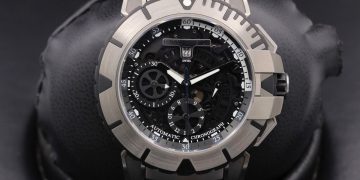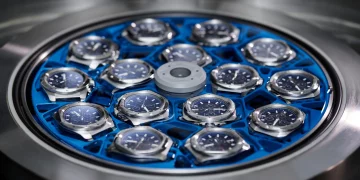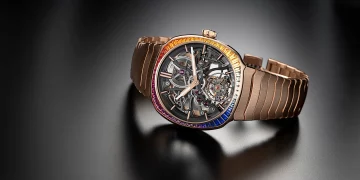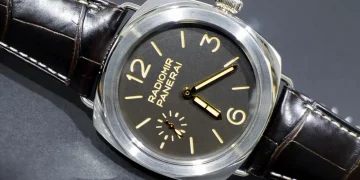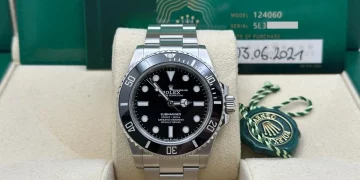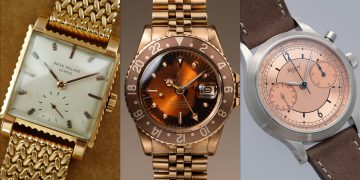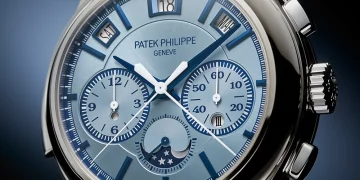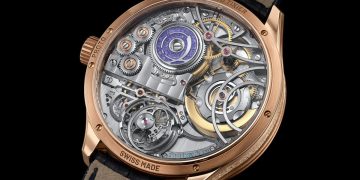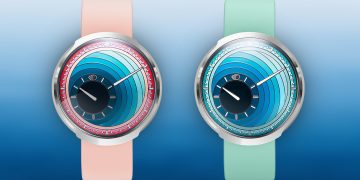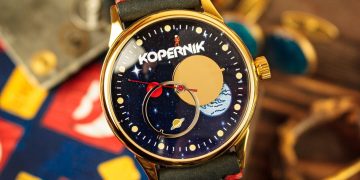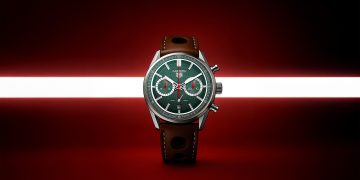Introduction
In the world of horology, mechanical watches represent an epitome of tradition, artistry, and craftsmanship. For centuries, watchmakers have carefully crafted intricate timepieces, combining mechanical precision with aesthetic elegance, creating objects of enduring value. Meanwhile, the modern world has witnessed the rise of smartwatches, technological marvels offering a wide range of features like fitness tracking, notifications, and GPS. As these two categories of watches seem to be worlds apart, the question arises: Can the sophisticated allure of classic mechanical watches ever truly be matched or surpassed by the technological prowess of smartwatches? This article seeks to explore this question by examining the respective qualities, the history, and the future of both types of timepieces.
1. The Craftsmanship of Classic Mechanical Watches
1.1 A Rich History of Watchmaking
- Origins and Evolution: The history of mechanical watchmaking dates back to the 16th century, with early horologists such as Abraham-Louis Breguet and John Arnold perfecting the designs of pocket watches and eventually wristwatches. These early pioneers relied on finely crafted gears, springs, and escapements—fundamental components that remain central to mechanical watches today.
- Swiss Watchmaking Tradition: Swiss watchmaking is renowned for its legacy of precision, craftsmanship, and luxury. Brands like Patek Philippe, Rolex, and Audemars Piguet have cultivated generations of artisans who meticulously handcraft every aspect of their timepieces. These watches are often made from precious metals and stones, and their mechanical movements can take years to perfect.
1.2 Intricate Movements and Mechanical Beauty
- Manual vs. Automatic Movements: Mechanical watches are powered by intricate, hand-wound movements (manual) or self-winding mechanisms (automatic). Both types require extreme precision to design and assemble, as every gear, spring, and component must work in harmony to ensure accurate timekeeping.
- The Craftsmanship Behind Movement Finishing: The art of finishing mechanical movements—using techniques like Côtes de Genève, perlage, and anglage—adds an element of aesthetic beauty to the functional parts of the watch. These timepieces are works of art, with each movement finely polished and finished by hand to achieve both visual elegance and unparalleled precision.
1.3 The Allure of Tradition
- Emotional Connection: One of the defining qualities of classic mechanical watches is their ability to create an emotional connection with the wearer. These timepieces often become family heirlooms, passed down from generation to generation. The sense of craftsmanship, heritage, and legacy that comes with wearing a mechanical watch cannot be easily replicated by a smartwatch.
- Longevity and Timelessness: Mechanical watches, when properly maintained, can last for decades or even centuries. Many high-end mechanical watches appreciate in value over time, making them not only functional accessories but also investments. This quality of longevity, along with the historical and artisanal value imbued in each piece, has cemented mechanical watches as symbols of status and tradition.
2. The Rise of Smartwatches: Innovation Meets Convenience
2.1 The Birth of the Smartwatch
- The First Smartwatches: The concept of a smartwatch dates back to the 1970s with early models like the Seiko Data 2000, which allowed users to store information on their wrist. However, it wasn’t until the advent of the Apple Watch in 2015 that smartwatches began to gain widespread popularity. These watches combined digital technology with basic timekeeping functions, ushering in a new era of wearable tech.
- Technological Advancements: Over the years, smartwatches have evolved into highly capable devices, offering fitness tracking, heart rate monitoring, GPS functionality, mobile notifications, and even the ability to make calls and send messages. Brands like Apple, Samsung, and Garmin have created watches that perform tasks far beyond simple timekeeping.
2.2 Practicality and Functionality
- Everyday Use and Fitness Tracking: Smartwatches are praised for their practicality. Many individuals wear them as part of their fitness routine, tracking steps, calories burned, heart rate, and sleep patterns. This level of detailed personal data is something a traditional mechanical watch cannot offer.
- Connectivity and Versatility: Smartwatches offer seamless connectivity with smartphones and other devices. Notifications for calls, emails, and messages are delivered directly to the wrist, allowing users to stay connected without reaching for their phone. Additionally, smartwatches now feature customizable watch faces, allowing users to personalize their watches based on their needs and preferences.
- Health Monitoring: With built-in health sensors, many smartwatches now offer advanced capabilities such as ECG monitoring, blood oxygen levels, and even blood pressure tracking. These features cater to a growing demand for health-conscious consumers, adding a layer of functionality that mechanical watches cannot replicate.
2.3 The Modern Appeal of Smartwatches
- Instant Gratification and Customization: One key advantage of smartwatches is the instant access they provide to information. A simple glance at the wrist can deliver real-time data about the user’s environment, such as weather updates, traffic alerts, or upcoming calendar events. Additionally, smartwatches allow for greater customization in terms of functionality, appearance, and apps.
- User Experience: The user experience in smartwatches is continually evolving with intuitive touchscreen interfaces, easy navigation, and integration with other smart home devices. These features appeal to consumers seeking convenience and accessibility in their wearable devices.
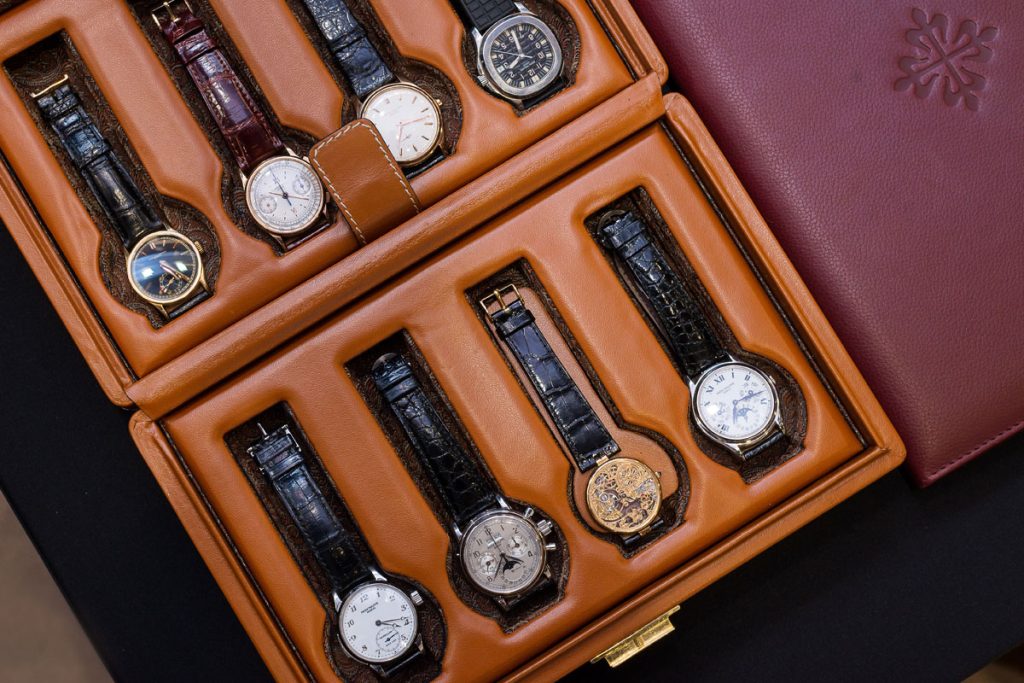
3. Comparing the Allure of Craftsmanship and Technological Innovation
3.1 Functionality vs. Artistry
- The Functional Superiority of Smartwatches: Smartwatches excel in functionality. They can monitor health, track activities, and facilitate communication—functions that a traditional mechanical watch cannot offer. However, in terms of artistry and craftsmanship, smartwatches fall short. The complexity and beauty of a mechanical movement, with its hand-assembled gears and meticulously crafted components, cannot be replicated by a digital watch.
- The Emotional Connection to Mechanical Watches: While smartwatches excel in terms of functionality, they lack the emotional weight and timeless quality of mechanical watches. Many owners of high-end mechanical watches cherish the craft and legacy behind their timepieces. These watches are not just instruments for telling time—they are symbols of heritage and tradition.
3.2 The Growing Popularity of Hybrid Watches
- Fusion of Technology and Tradition: In recent years, some brands have explored the idea of hybrid watches that combine both mechanical movements and smart features. For instance, Montblanc’s Summit and Tag Heuer’s Connected series offer a blend of traditional Swiss craftsmanship with modern smartwatch functionalities. These watches attempt to offer the best of both worlds—classic mechanical artistry with the convenience of digital technology.
- Market Trends and Consumer Preferences: The appeal of hybrid watches reflects a desire for both tradition and innovation. Consumers who appreciate the craftsmanship of mechanical watches but also desire the convenience of modern technology may find hybrid models to be a satisfying compromise.
4. The Future of Horology: Will Smartwatches Ever Compete with Classic Timepieces?
4.1 The Enduring Appeal of Mechanical Watches
- Longevity and Investment Value: Mechanical watches are built to last. They are often passed down through generations, becoming cherished family heirlooms. Smartwatches, on the other hand, have a much shorter life span due to rapid technological obsolescence. A smartwatch may be replaced after just a few years, while a mechanical watch can appreciate in value over time.
- The Timeless Nature of Craftsmanship: The artistry behind a mechanical watch is something that will never go out of style. The allure of a finely crafted timepiece—its intricate movement, luxurious materials, and hand-finishing—holds a timeless appeal that technology cannot replicate.
4.2 A Symbiotic Relationship Between Smartwatches and Mechanical Watches
- Complementary Roles: It’s likely that smartwatches and mechanical watches will coexist in the future, each serving different purposes. While smartwatches cater to functionality, health, and connectivity, mechanical watches will continue to embody tradition, craftsmanship, and artistry. Some consumers may choose to wear a smartwatch during the week for practical reasons, while keeping a mechanical timepiece for special occasions or as a valuable collector’s item.
Conclusion: Can Smartwatches Ever Compare to Classic Mechanical Watches?
While smartwatches have certainly revolutionized the world of wearable technology, they fall short when compared to the artistry, craftsmanship, and emotional value embedded in classic mechanical watches. Mechanical watches offer a depth of design and precision that is hard to match, serving not only as timekeeping devices but also as symbols of tradition and craftsmanship.
However, the rise of smartwatches has added a new dimension to the horological world, emphasizing the importance of functionality and technological innovation. Ultimately, the future may lie in a world where these two types of watches coexist, each fulfilling different needs and providing different experiences for the wearer. Whether it’s the practical features of a smartwatch or the timeless appeal of a classic mechanical timepiece, both have a place in the modern world of horology.



